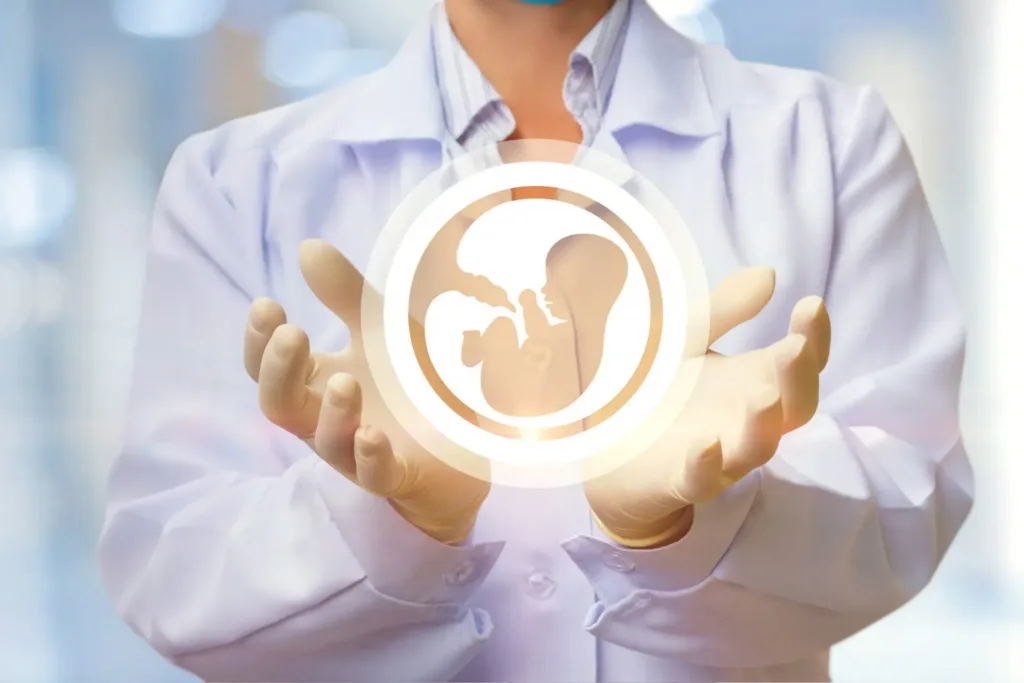
Choosing the right fertility treatment can be overwhelming, especially with the variety of options available today. Whether you’re considering in vitro fertilization (IVF), intracytoplasmic sperm injection (ICSI), testicular biopsy, or ovarian rejuvenation with PRP, understanding the differences between these treatments is crucial. Each method has its own success rates, costs, and suitability depending on individual medical conditions. In this article, we’ll break down the most common fertility treatments, their benefits, and help you determine which one might be best suited for your journey to parenthood.
What Is IVF?
Understanding IVF
In vitro fertilization (IVF) is a widely used fertility treatment where eggs are retrieved from the ovaries and fertilized with sperm in a lab before being transferred to the uterus. IVF is recommended for individuals facing:
- Age-related infertility
- Blocked or damaged fallopian tubes
- Ovulation disorders
- Unexplained infertility
IVF with Egg Donation
For women with low ovarian reserve or genetic concerns, IVF with an egg donor is a great alternative. Donor eggs are fertilized with sperm and transferred to the recipient’s uterus, increasing the chances of pregnancy significantly.
IVF Cost and Financial Considerations
IVF costs vary by location, clinic, and additional services like genetic testing or egg freezing. In many cases, international IVF options in countries like Costa Rica offer high-quality treatments at a lower price compared to the U.S. or Europe.
What Is ICSI and How Does It Differ from IVF?
Understanding ICSI
Intracytoplasmic sperm injection (ICSI) is a specialized IVF technique where a single sperm is directly injected into an egg to enhance fertilization chances. This method is ideal for cases of:
- Low sperm count
- Poor sperm motility
- Previous IVF failures
- Severe male infertility
ICSI Success Rates
ICSI has higher fertilization success rates compared to traditional IVF, especially in cases of male infertility. However, overall pregnancy success rates depend on egg and sperm quality.
Testicular Biopsy for Male Fertility Treatment
What Is a Testicular Biopsy?
A testicular biopsy is a procedure used to retrieve sperm directly from the testicles, often performed for men with azoospermia (absence of sperm in semen). It is particularly useful when sperm cannot be obtained naturally or through ejaculation.
When Is It Recommended?
- Non-obstructive azoospermia
- Blockages in the reproductive tract
- Sperm extraction for ICSI
PRP Ovarian Rejuvenation: Does It Work?
What Is PRP Therapy?
Platelet-rich plasma (PRP) therapy involves injecting a patient’s own platelet-rich plasma into the ovaries to stimulate egg production. It is an experimental treatment used for:
- Low ovarian reserve
- Premature ovarian failure
- Poor IVF response
Effectiveness and Research
While PRP ovarian rejuvenation is still under research, some studies suggest potential benefits in improving ovarian function. However, its effectiveness varies from patient to patient.
Conclusion
Selecting the right fertility treatment depends on your medical history, diagnosis, and personal goals. IVF, ICSI, testicular biopsy, and PRP therapy each offer unique advantages depending on your needs.
Next Steps: If you’re considering fertility treatments, consult with a fertility specialist to determine the best approach for your journey to parenthood.
Need expert guidance? Click Here to Schedule an Appointment




